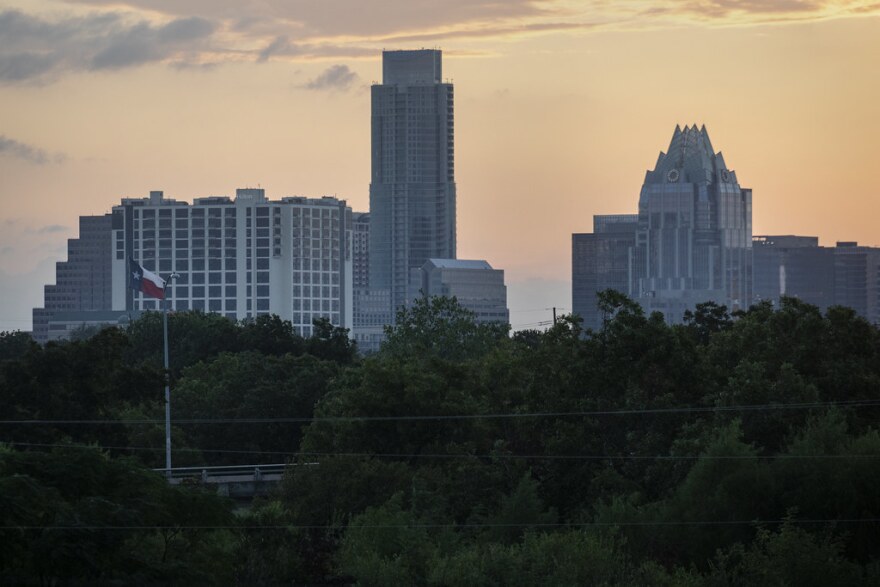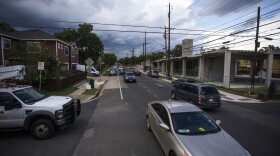There are vast differences when it comes to life expectancies between neighborhoods in Austin, according to new research from the Episcopal Health Foundation.
Researchers found, for example, that some neighborhoods in western Travis County have life expectancies as high as 88.9 years of age – while some neighborhoods in East Austin have life expectancies as low as 71.5. The median life expectancy in Texas is 77.8 years.
The study compiled six years of mortality and population data for areas across Texas from the National Center for Health Statistics at the Centers for Disease Control and Prevention. What researchers found is that neighborhoods relatively close to each other in one county have very different health outcomes among residents.
“It’s just very easy to label one county with all one brush – or paint a county with all one brush,” said Brian Sasser, chief communications officer for the Episcopal Health Foundation. “This is a way to show even within the cities and even within counties there are huge health disparities, you know, 5, 10 miles apart – in some cases a couple of miles apart.”
While access to medical care tells part of the story behind these differences, Sasser said there's more going on.
“If you break it down, the differences in life expectancy come down to poverty, education levels and racial disparities,” he said.
Sasser said issues like transportation, housing, community safety and access to healthy food could make a big difference. These nonmedical factors should be something policymakers and local leaders pay close attention to, he said.
“What we hope this does is spark conversations that don’t have to do with only access to medical care but looks at all the other nonmedical underlying causes of poor health that are contributing to these lower life expectancies in some neighborhoods,” Sasser said.




